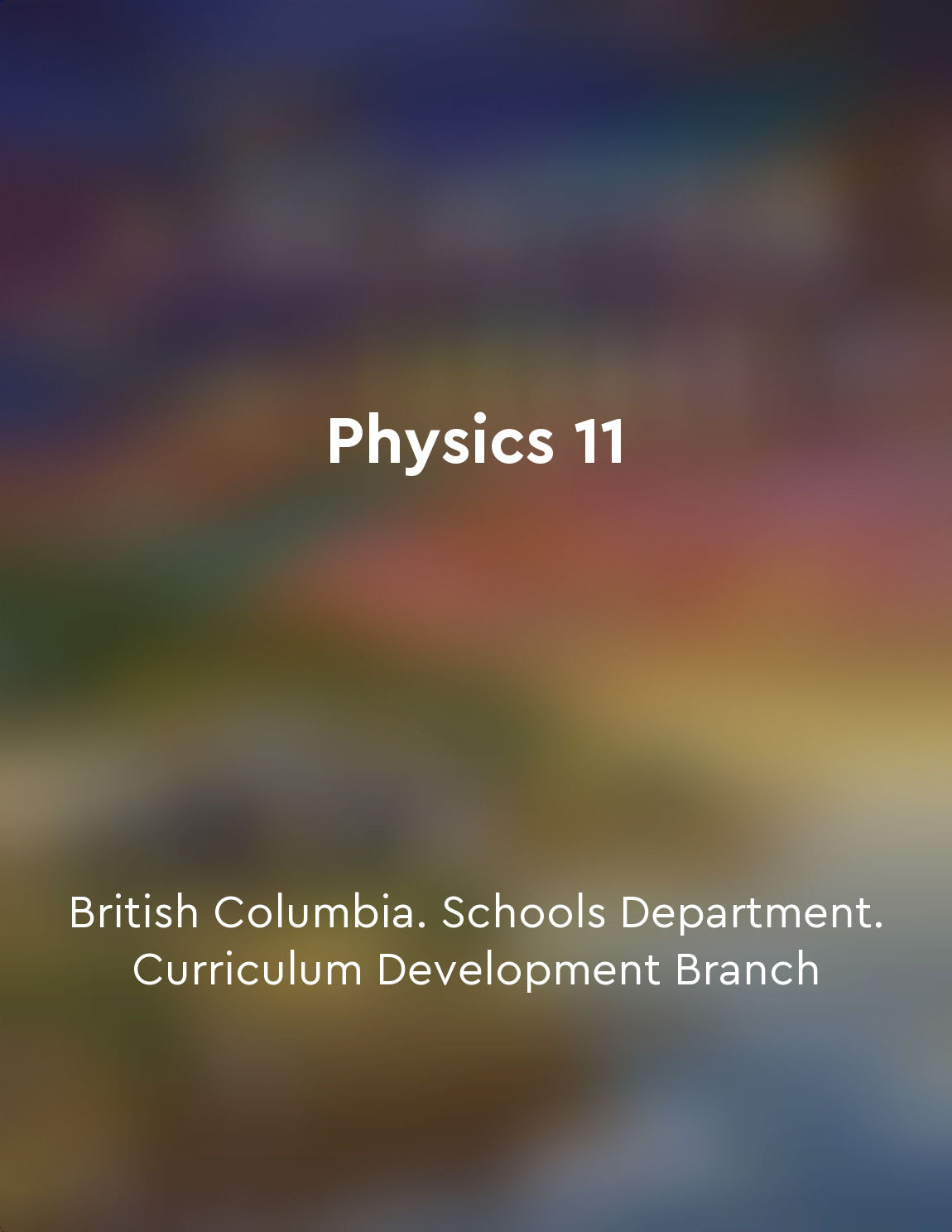Gravitational forces between objects depend on their masses and the distances between them from "summary" of Physics 11 by British Columbia. Schools Department. Curriculum Development Branch
The gravitational force between two objects is determined by the mass of each object and the distance between them. This means that the larger the mass of an object, the greater the gravitational force it exerts. For example, a planet with a greater mass will have a stronger gravitational pull than a smaller planet. Additionally, the distance between two objects also plays a crucial role in determining the gravitational force between them. The gravitational force decreases as the distance between two objects increases. This can be explained by the inverse square law, which states that the gravitational force is inversely proportional to the square of the distance between two objects. Therefore, if the distance between two objects doubles, the gravitational force between them decreases by a factor of four. It is important to note that gravitational force is a vector quantity, meaning it has both magnitude and direction. The direction of the gravitational force between two objects is always attractive, pulling the objects towards each other. This is why planets orbit around stars and moons orbit around planets, due to the gravitational force between them. In summary, the gravitational force between two objects depends on their masses and the distance between them. The larger the mass of an object, the greater its gravitational force, and the closer two objects are, the stronger the gravitational force between them. Understanding these principles is essential for explaining the motion of celestial bodies in the universe.Similar Posts
Space missions are challenging
Embarking on a journey beyond Earth's atmosphere is no easy feat. Space missions demand meticulous planning, precise execution,...
Einstein's early jobs included a patent examiner and teacher
Einstein's first job after graduating from Zurich Polytechnic was as a patent examiner in the Swiss Patent Office in Bern. This...

The multiverse theory suggests that our universe is just one of many
The multiverse theory proposes that our universe is not alone. It posits the existence of multiple universes, each with its own...
Different parallel universes may have different physical constants, leading to unique forms of life
In the realm of parallel universes, the possibility arises that each universe may have a unique set of physical constants. Thes...

Interstellar dust clouds obscure our view of the galaxy
Interstellar dust clouds are a common obstacle that astronomers face when attempting to observe objects in the galaxy. These cl...

Time bends and twists
Time, that ever-elusive force that governs our existence, is not as straightforward as we may believe. It is not a linear progr...
Meditation can unlock the full potential of the mind
Meditation is a powerful tool that has the ability to unlock the full potential of the mind. When we meditate, we are able to t...
Science has provided explanations for natural phenomena
Throughout history, humans have sought to understand the world around them. They observed the natural phenomena occurring in th...

